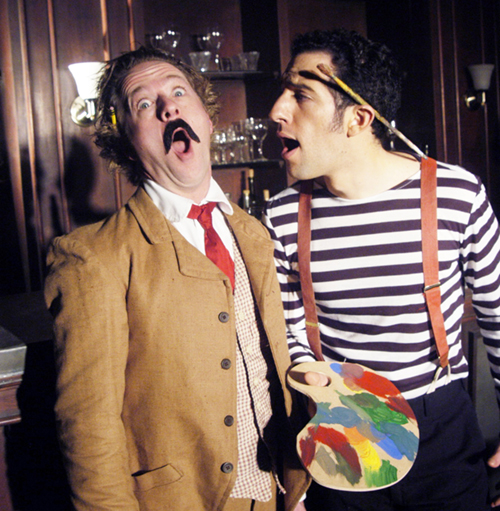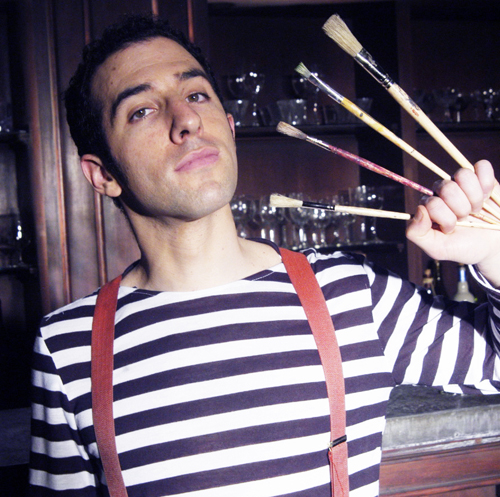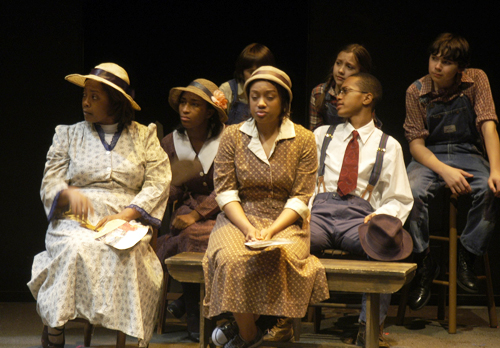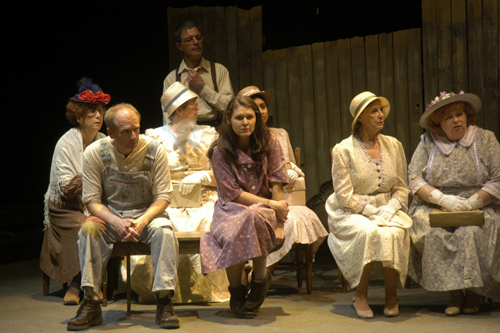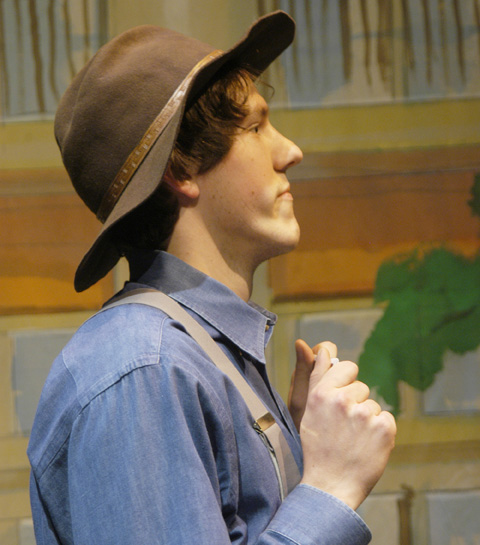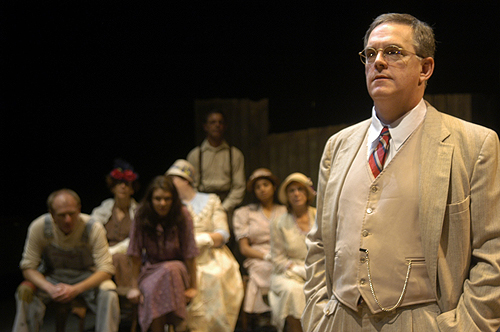I was eight years old when To Kill A Mockingbird was published, also about the age of Scout, Jem and Dill. I remember stacks and stacks of Harper Lee’s classic in the book section of Belks department store in Columbia. Back then, Belks had a book section and a candy section and the two were next to each other which is why I probably noticed To Kill A Mockingbird. I remember wondering what this book was about and why it was a best seller.
When I got older and read this story for the first time, I realized that part of its power is in its truth and how well-drawn its characters are—and I would know. I grew up in a southern community, not very different from Maycomb, Alabama. I knew practically everyone in my community, black and white, and they knew my family and me. Like Jem, I thought these were the best people in the world, and they were (and are), but we lived under the cloud of age-old prejudice passed down from generation to generation. And in those days, in the early 1960’s, we still lived in an age of segregation, one that many of us were only beginning to question. On another trip to Columbia, I remember lines and lines of quiet, orderly black protesters standing in line at the ticket booths of every movie theatre on Main Street. There was one on every block in those days. The protesters asked for seats in the downstairs white-only section and were turned away time after time. I thought this a curiosity, but like many others my age, thought no deeper.
I remember watching the March on Washington in a hardware store where Dr. King’s “I have a dream speech” was displayed on dozens of TV’s for sale. Most of all, I remember the white men. Friends of my father gathered around watching in silence. In that silence I think I realized for the first time that the times were indeed changing.
In my teens, I remember the Orangeburg massacre only 15 miles away from my house where three students were killed and 27 others wounded when they protested the segregation in a bowling alley on the edge of their all black campus at South Carolina State. I remember the newspaper headline “All Hell Breaks Loose”. And I remember the fear that gripped our community.
I remember the first black students who came to my high school in eighth grade, only a handful because in the “freedom of choice” option, black students could only attend white schools “If there was room” and not much room had been made for them. I would really get to know only one of them in four years, only because he reached out to me.
But there was, indeed, an awakening taking place. It was not swift and it was often unpleasant, but along the way there were people like Harper Lee that prodded us, and the South she loves so much, to look around and right the wrongs around us. Like many young Southerners I realized that the strife was not just in Birmingham or Montgomery or Memphis, but right here in my own back yard.
A flood of these memories and emotions filled my thoughts when I first directed To Kill A Mockingbird in 1987, and I realized once again how Harper Lee had told this moving story so truthfully, and with such compassion. As I remember, it was a powerful production with packed houses. Three other productions followed and, in each, I watched as race relations continued to improve in our country. But never would I have imagined that when I began to direct this show once more, an African-American would be President of the United States. But as I look back, I realize that Barack’s journey up those steps to take his oath of office was a path made possible by many small steps traveled by others—Rosa Parks, Medgar Evers, Dr. King, people like Harper Lee, and most of all by thousands and thousands of others whose names we’ll never know but whose actions literally changed the world.
Does this mean To Kill A Mockingbird is now out of date? No, for To Kill A Mockingbird was never just about race, it was about our common humanity, our human prejudice against those different from us whether it be their social status, the color of their skin, their religion or even a bias against people who wish to be left alone. Atticus tells Scout, “You never really know a person until you walk in their shoes.” That means, we all have a lot of shoes to try on and many more steps to take. We are most fortunate to have Harper Lee show us the way.
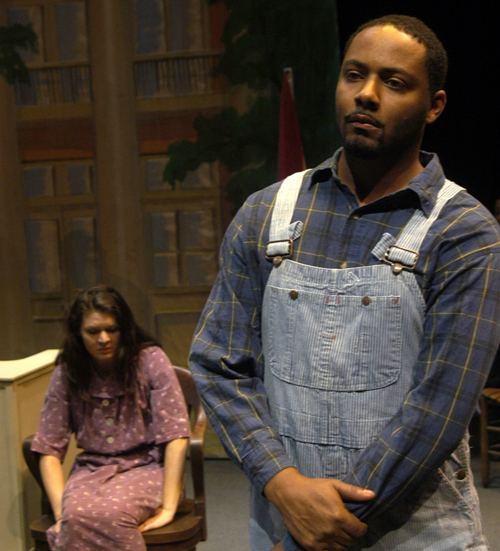
(Charleston Stage Resident Actor Sarah Claire Smith as Mayella Ewell and Christopher Gay as Tom Robinson)
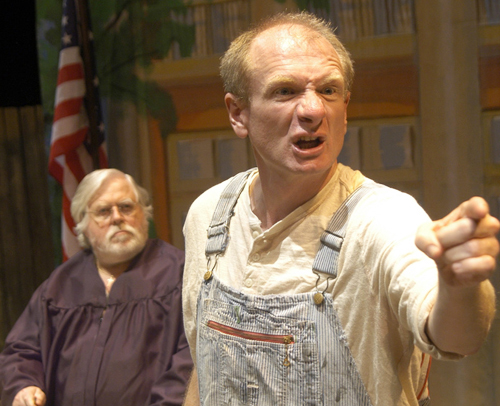
(David Hallatt as Judge Taylor and David Ardrey as Bob Ewell)

